|
A glimpse into the past...
81
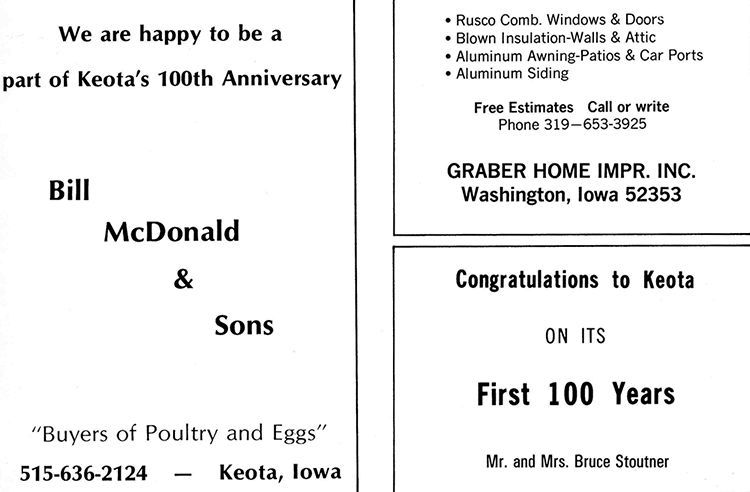
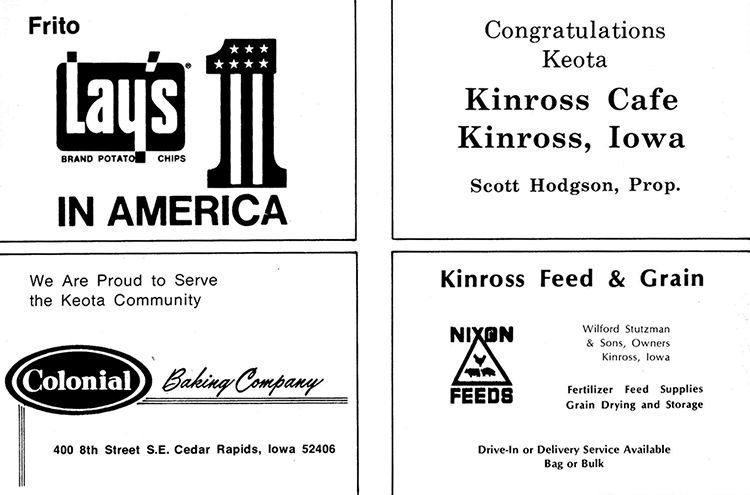
82
A glimpse into the past...
SINGMASTER RESPONSIBLE FOR SPREADING
PERCHERON HORSE FAME THROUGHOUT AMERICA
Percheron horses
were developed in France in the province of Perche, but it was J. O.
Singmaster of Keota, Iowa, that spread the fame of the breed throughout
the length and breadth of America.
Samuel
Singmaster, grandfather of J. O. and C. A. Singmaster, came to Keokuk
County from Allentown, Penna., in the year 1843, settling on a farm
eight miles south of Keota, Iowa, on the Skunk River. The farm included
320 acres, part of which was a land grant from the government, and
which is still owned by the Singmaster family, it being the home of
Samuel's great-grandson, James F. Flander and family. He is the fourth
generation to own the original homestead, known as the "Singmaster
Ranch."
William
Singmaster, youngest son of Samuel, made the first importation of five
French drafts in the year of 1876. Importations were increased with
each trip until as many as 75 and 100 were included in one lot. A
Clydesdale stallion owned by William Singmaster took a first premium at
the Iowa State Fair in 1876. He was shown with 80 horses.
The Singmaster
livestock farm was called "singmaster & Sons" for Samuel's other
sons, Chas. F. and Thomas, who also shared in the work. At the death of
William in 1891, Chas. F. dissolved partnership with his brother Thomas
and established the firm of "C. F. Singmaster & Sons," he being the
senior member of the firm, and his sons, J. Omer and Chas. A. the other
members. He located two miles north of Keota establishing the Maple
Grove Farm and continued in the horse business.
Thomas Singmaster
always remained with his father and after the latter's death in 1899,
took care of the large estate. Years later he also began breeding fine
horses and dealing in the same, having as many as several hundred head
of horses, besides a large number of cattle and hogs each year.
The firm of C. F.
Singmaster and sons was dissolved with the retirement from the firm of
C. F. and his youngest son, C. A., who preferred to devote his
attention to cattle. J. O. was now left to continue the importing and
breeding of Percherons. He included his son, Charles Omer, in the firm
to make it again "singmaster and Son," which it remained until the
business was discontinued.
In the year 1883,
when J. O. Singmaster was eighteen, he made his first trip with his
uncle. Together the two Singmasters made four trips, and from 1887 when
the uncle died, J. O. continued the buying expeditions across the
Atlantic until he made 56 trips.
In 1904 the
longest express train load of horses ever shipped into the middle west
drew into the Keota station bringing 227 Percherons to the Singmaster
farm.
William
Singmaster started the parade of the Percherons to the horse show rings
of the country. Soon, with J. O. Singmaster showing the horses, honors
were won by the Keota breed in every horse show of consequence in the
middle west and, later on, in the principal shows in the country. Not
content with sectional and national honors, the wonderful Percherons
and other Singmaster horses won international championships at the
World's Fairs, expositions, and international livestock shows.
Five World's
Fairs were invaded by Singmaster entries. At the Panama-Pacific
Exposition in l9l5 at San Francisco, California, Lagos won the World's
Champion Stallion Award. Lagos was imported from France.
At the death of
J. O. Singmaster in 1937 Keota had seen the last of the famous
Singmaster horses.
Through the
activities of the several Singmaster firms the town of Keota became
known not only throughout the United States and Canada, but in several
countries of Europe as well.
Mrs. J. O.
Singmaster who is a resident of The Kahl Home, in Davenport, celebrated
her 103rd birthday, July 25, 1972.
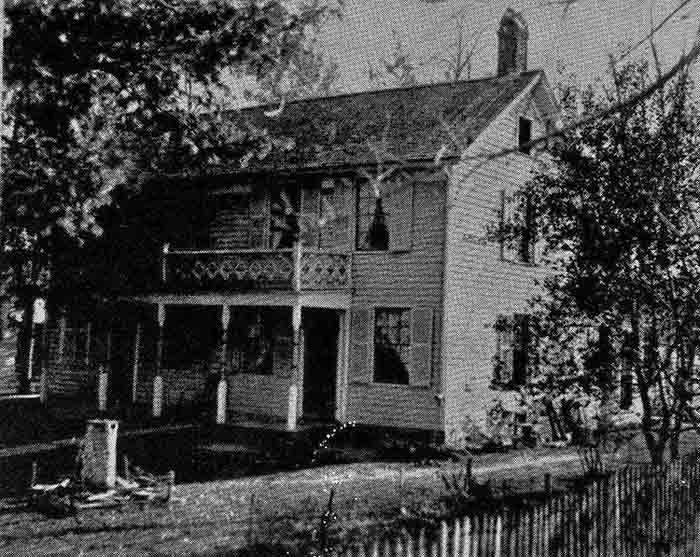
"Singmaster Ranch", home of Samuel Singmaster where the
famous horse lndustry started.
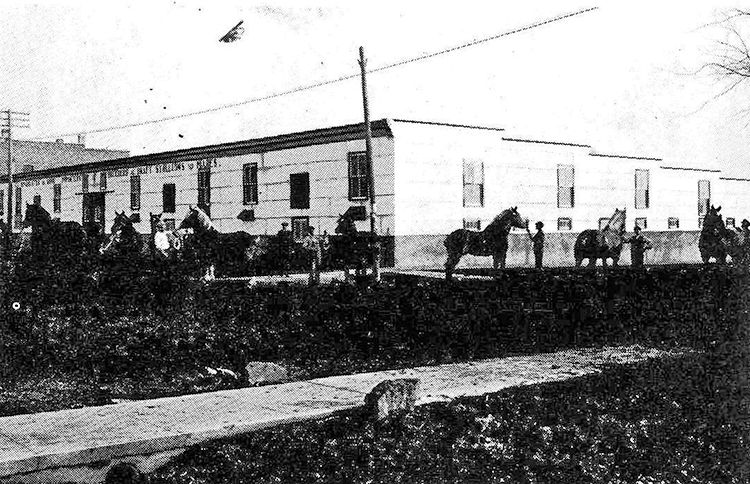
Keota Barn and Show Pavillion, 100 by 188 feet. 72 Box Stalls
C. F. Singmaster & Sons
W. Broadway.
83
A glimpse into the past...
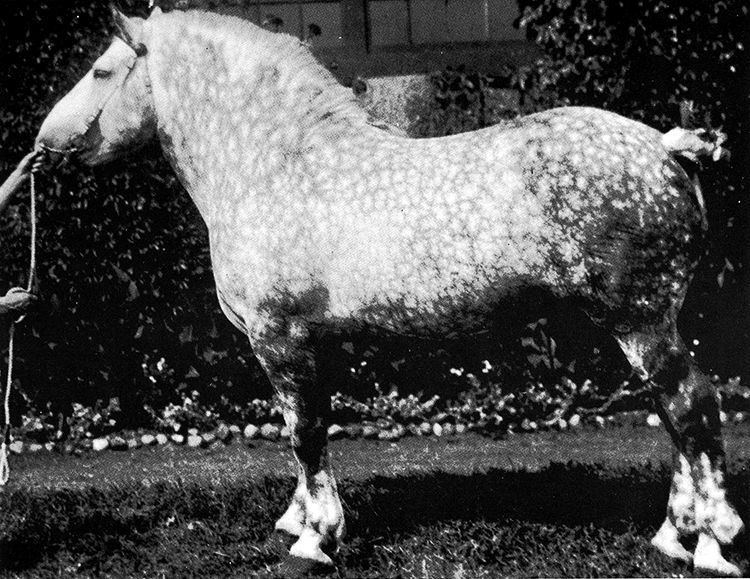
April 4, 1911 .... July 20, 1926
"World's Champion Percheron Stallion"
|
MARBLE
MONUMENT ERECTED AT KEOTA BY SINGMASTERS
IN MEMORY OF LAGOS
A slab of
beautiful white Vermont marble was erected to mark the grave of Lagos,
the world's champion stallion of his time, at the Singmaster farm near
Keota.
Lagos was
the property of J. O. Singmaster and Son, Charies Omer, of Keota and
was kept at Maple Grove Farm, the Singmaster estate. The Singmasters
purchased Lagos in France and brought him to America in 1915. He died
July 20, 1926, and was buried where he fell (a tradition of France)
near the barn that had been his home for I I years. Lagos received the
"International Champion of Champions" award at the Panama-Pacific
Exposition at San Francisco in 1915.
|
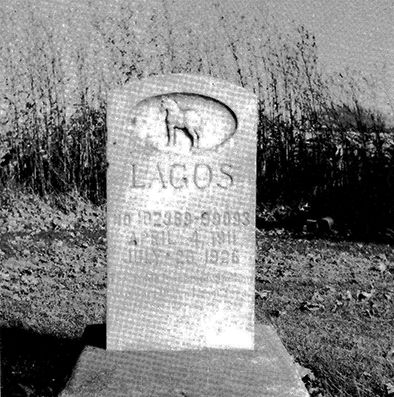 |
84
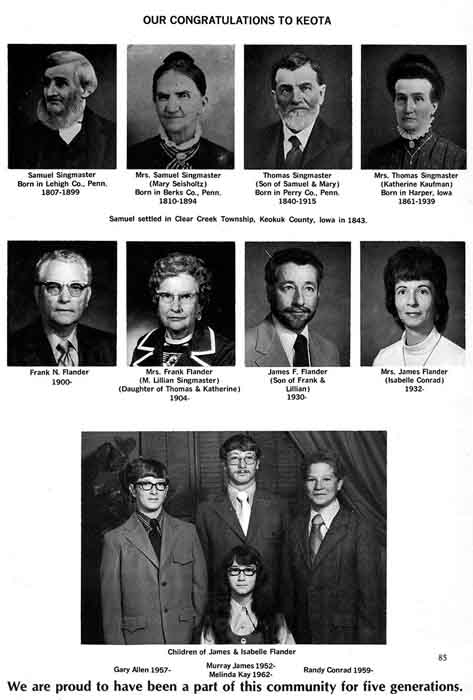
85
A glimpse into the past...

Keota Sales Barn — J. Omer Singmaster & Son. E. Broadway. |
J. O.
SINGMASTER
September
14, l9ll. An article in Twentieth Century Farmer gives J. Omer
Singmaster a nice send off. When J. Omer Singmaster walks in the Paris,
France, streets he meets with a respectful deference from the whole
population. A green ribbon does it. A tiny ribbon in his buttonhole.
When he enters a French business house the ribbon gets him led straight
to the private office; it makes cab men, waiters, post clerks, shopmen
and subway conductors wait on him first out of turn. In a word, the
simple citizen of Keota, Iowa, is decorated with the French Order of
Agricultural Merit, harder to get, in some ways, than the red ribbon of
the legion of Honor. No Frenchman can be admitted who has not for 15
years practiced agriculture or "functions directly attached there to."
Some exceptions are provided for rare services to the whole agriculture
of France, as of inventors, scientists, and explorers. Pasteur had it
for his discovery of anthrax serum. Mr. Singmaster has it for his long
career as an appreciator of Percherons.
October 2,
1912. J. O. Singmaster has been honored by the French government by
having the second degree of "Merit Agricole" bestowed on him, an honor
given to only five American importers. His lapel button is a peach.
KEOTA
MANUFACTURING COMPANY
Keota
Manufacturing Company was started in 1959 by Terry Dill and the help of
the newly formed Keota Development Corporation. A building of 1200
square feet was constructed at the northeast edge of Keota by the
county line road. Some new equipment was purchased and Terry began to
manufacture some farm equipment, such as stock tanks and the first snap
on dual wheel.
In 1965
more room was needed and with the help of the Keota Development
Corporation another 2650 square feet of floor space was added to the
original structure, along with more complete fabrication and sheet
metal equipment. With three employee's Terry began to manufacture and
sell farrowing crates, snap on dual wheels, grain boxes and several
small farm equipment products.
The market
for the Products being manufactured and sold by the company increased
and in 1970 another 4200 square feet of floor space was added,
including new offices, paint room and assembly line equipment.
The Company
then began manufacturing adjustable livestock loading chutes, hydraulic
livestock trailers and pickup racks. With the help of an added sales
force these products were sold through dealers and distributors
throughout the midwest. As the demand for the products increased the
present structure was not large enough to manufacture and sell all of
the products, so in 1971 Keota Manufacturing sold the loading chute,
hydraulic livestock trailer and pickup rack to Henderson Metal Products
at Cedar Rapids, Iowa.
At the
present time the company is manufacturing loading docks, camper
levelers, utility trailers, stock tanks, Roll-ARamps, lick tanks, grain
Boxes and three-point carriers. They are also doing contract
manufacturing for other larger manufacturers.
|
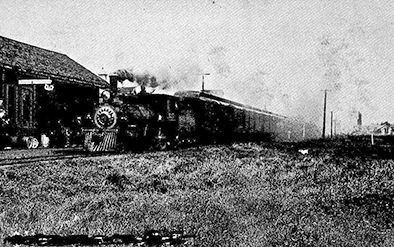 |
 |
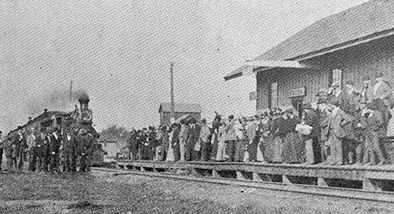
Singmaster lmportation. |
86
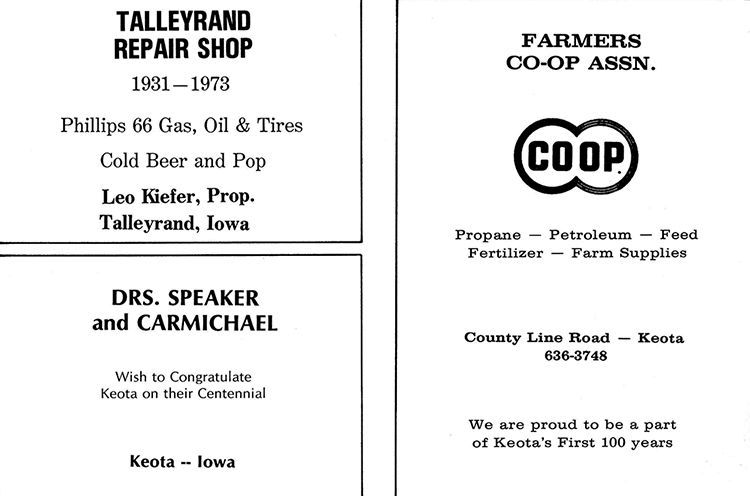
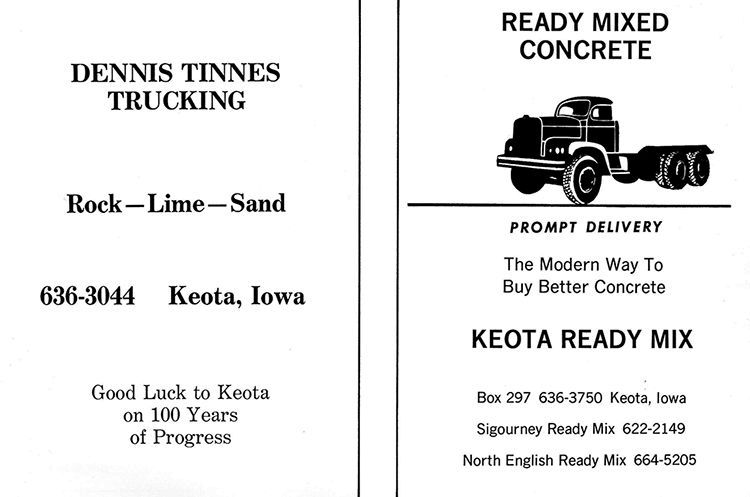
87
A glimpse into the past...
PRODUCTIVE ACRES STARTS IN KEOTA
Productive Acres
Manufacturing Co., Inc. (PAMCO), one of Oskaloosa's largest
manufacturing concerns, had its beginning in Keota, Iowa in 1949.
Ninety-four
percent of this concern is owned by Harold (Pete) Palmer who was born
and reared in the Keota Community. He has four brothers: Doyle, O. D.
(Jim), Glenn (Cotton) and Allan (Cooney); and three sisters: Mae Herr,
Opal Herr and Ilo Green, all living in the Keota community with the
exception of "Cotton" who lives just north of neighboring Kinross.
Pete started with
the development of a milking parlor. This was produced in the Al Mess
building, now housing Tadlock, Inc. Pete was farming north of Keota, Al
Mess ran the International Harvester Implement Company, and Harold
Holmes was the salesman.
Then in 1952
Productive Acres, composed of Mr. Palmer, Mr. Mess and Mr. Holmes,
built the tile building now housing the Keota Town Hall and Fire
Department. At that time Pete bought out the other two men.
Pete ran the
milking parlor business himself until he sold it out in 1956.
In 1957 he
invented the Productive Acres bulk feed units to mount on truck bodies
to haul bulk feed to farmers. This is when the name was changed to
PAMCO. These were built in the Coffman building, just east of the
present Central Cafe. PAMCO bought the Al Mess building at this time
and used this facility to install the feed bodies on customers' trucks.
This operated for two years in Keota.
In 1959
facilities to take care of the many customers from far and wide became
inadequate in Keota and Pete decided to make the move to Oskaloosa
where more advantages (finance, motels, etc.) were available.
In Oskaloosa a
30,000 square foot building was erected by the Oskaloosa Realty Company.
In 1961 the
company started into the commercial truck spreader and commercial
fertilizer business. These units would spread the lime and fertilizer
on the farm.
In the same year
PAMCO leased a plant in Jefferson, Georgia, (about 30 miles north of
Atlanta) and started installing bulk feed bodies built in the Oskaloosa
plant.
Then a move was
made to Gainesville, Georgia, in 1963, and Pete's son Denny Palmer put
in charge of this plant. At the same time a plant was leased in St.
Paris, Ohio, to continue with the semi-manufacturing and installation
of the bulk feed bodies.
This plant served
Kentucky, East and West Virginia, Indiana, Michigan, Ohio, Pennsylvania
and New York. The Georgia plant serves Alabama, North and South
Carolina, Florida and Mississippi and Tennessee. The Oskaloosa plant
serves all of Canada, the western and mid-west states and southwest
United States, plus Czechoslavakia, Africa, South America and Europe.
ln 1967 a 25,000
square foot addition was built onto the Oskaloosa plant at a cost of
$170,000.
ln 1969 a plant
in Edson, Georgia was started. The main production of this plant is
peanut and cotton wagons. The plant superintendent there is Arnold
Yoder.
In 1972 a 15,000
square foot warehouse was built in Oskaloosa which cost $35,000. This
is used for storage purposes. Then in 1973 a $150,000 building was
erected for a paint and clean-up room.
Gross sales at
the present are around $4,000,000.
An advertising
business was started in 1968, GSI Advertising, a subsidiary of PAMCO.
This is run by Gene Phillips. They do all PAMCO's advertising and forms
work, and also do outside printing.
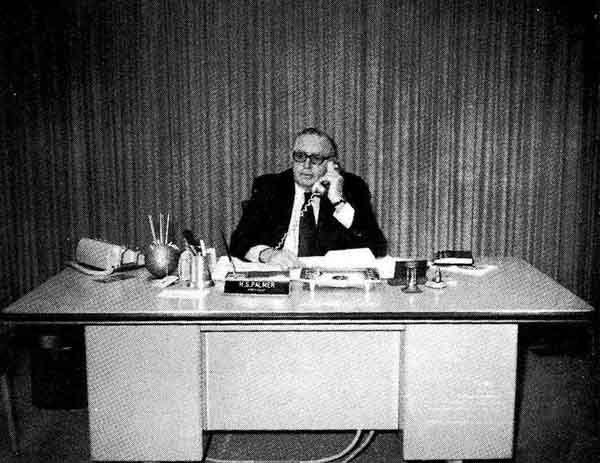
"Pete" Palmer
88
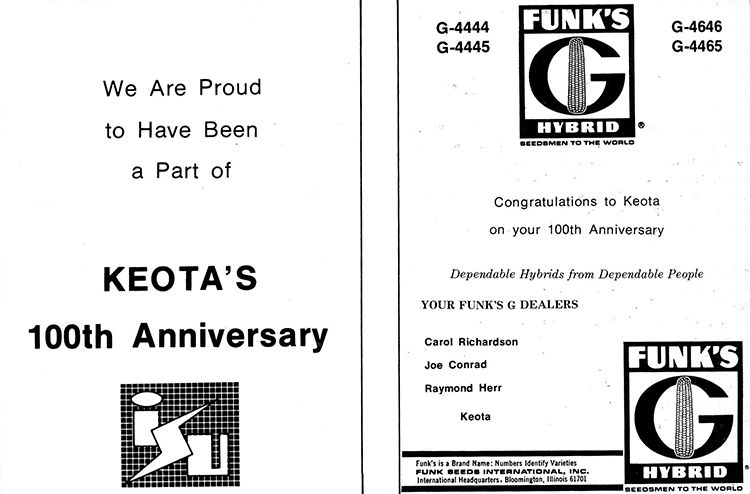
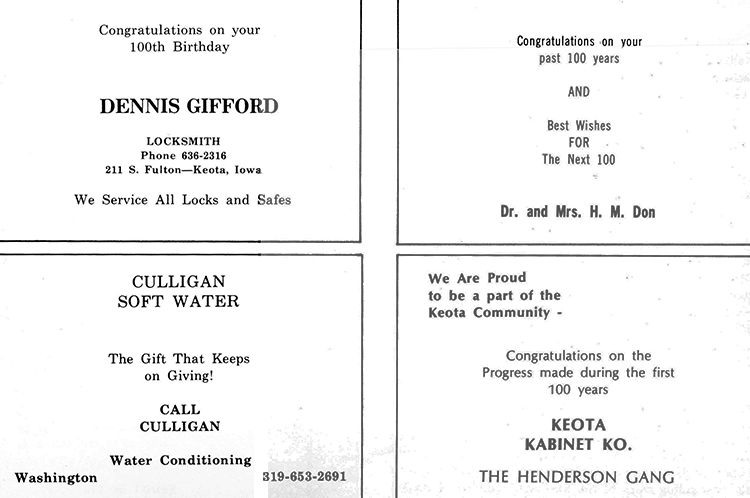
89
A glimpse into the past...
KE-WASH FERTILIZER COMPANY
In 1953, a seed
of thought in one man's mind created a company which became very well
known in the state of Iowa. At that time a young farmer northeast of
Keota, Howard Greiner, first used commercial fertilizer on a rundown
farm that he had rented in the Wellman community. The results of this
test plainly showed that there was a place, and a future, for the use
of commercial fertilizer.
In 1954, he
attended an anhydrous convention in St. Louis and came home with the
inforrnation and initiative necessary to put up anhydrous storage
plants at Crawfordsville, North English and Richland. He also became
distributor for Smith-Douglas Fertilizer Company, and this business was
conducted out of a large quonset building on his farm. The business
prospered from the start and in 1955 one of the first privately owned
soil testing laboratories in Iowa was established at Keota. There was
also a dry blending plant and a propane business established at Keota.
In 1956, there
appeared to be a need for ready-mix cement distribution and a plant for
this purpose was set up. It was also the year that Mr. Greiner took on
the International Harvester franchise for the local area.
ln 1957, a large
and complex ammoniation plant was installed, which allowed the Keota
fertilizer plant to manufacture all ammoniated fertilizer products. In
1959, the old railroad round house at Belle Plaine was purchased and
remodeled into a fertilizer plant. At the same time a new ready-mix
plant was set up to operate at Farmington, Iowa. In 1960, two more
ready-mix plants were added to this fast growing business, at Newton
and Colfax, Iowa. 1961 saw the expansion of the Farmington operation
into the propane gas business. Property as purchased at Hedrick and a
propane business was started there also. In 1962, another ready-mix
plant was built at Kahoka, Missouri. The year 1963 saw the largest
expansion of any previous year. Fertilizer plants were established at
Cedar Rapids, Hedrick, Drakesville, and there were six new ammonia
installations started. A building was purchased at Melrose and a retail
fertilizer business was started. The manufacture of his own anhydrous
and dry fertilizer application equipment was started and Ke-Wash
Company became the distributor of Triple "F" Feeds.
By 1964, the
business had grown to multi-million dollar proportions, and since
capital expansion was somewhat curtailed by limited finances, it was
Mr. Greiner's decision to sell the entire Ke-Wash complex to Southern
Nitrogen Company of Savannah, Georgia. This company acquired all
outstanding stock of the Ke-Wash complex of corporations. Mr. Greiner
retained the office of president and through expanded capital
allocations, future expansion of the company continued.
The retail
business done by K-Wash Company in 1966 was expected to be well over
four million dollars. Ke-Wash had gone into the distribution of all
agricultural chemicals, field seed, and 1966 was the first year when
Ke-Wash seed corn was used in eastern Iowa.
Ke-Wash Company
became an important factor in the state of Iowa and all because of an
idea that a young farmer had back in 1954. Ke-Wash Company is proud of
its heritage.
Several years ago
Kaiser purchased the business from Southern Nitrogen and the Company is
now known as Kaiser Agricultural Chemicals.

90
|